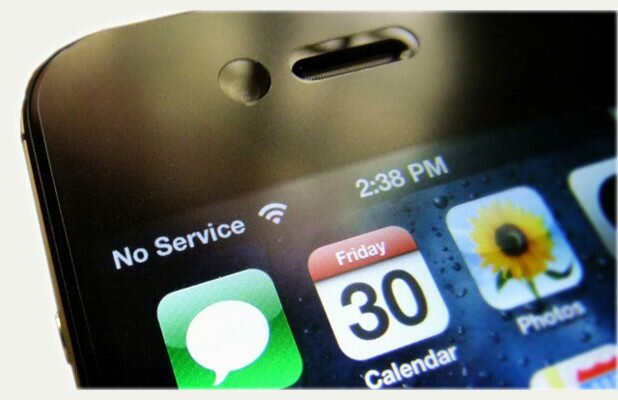Dan recently took the opportunity in Parliament to rise on behalf of the people of Stuart, and also regional South Australia more broadly, to talk about mobile phone blackspots. “On 25 June last year, the federal government announced that it had completed its $100 million Mobile Black Spot Program and was going to deliver 499 new mobile phone towers across Australia.
That was done in cooperation with the New South Wales government, which contributed $24 million and got 144 new towers. Victoria contributed $21 million and got 110 new towers, Queensland contributed $10 million and got 68 new towers, Western Australia contributed $32 million and got 130 new towers, Tasmania contributed $350,000 and got 31 new towers, and there was also $1.7 million from local governments, businesses and community organisations.
There is one very sad omission from that list, and that is South Australia. Our government did not contribute any money towards that program. The federal government was good enough to put 11 new towers in South Australia but, of course, if our government had contributed even just a relatively small amount of money, we would have done much better. Out of 499 towers across the entire nation, we got 11 because our government chose not to contribute to the program. It is quite a reasonable principle that, if you put some additional money in on top of the $100 million the federal government had on offer, then of course your state will do much better.
On 30 June last year, 2015, I asked the Minister for Regional Development about this and why it was that the South Australian government had not contributed the money. It turned out to be the Minister for Education and Child Development who was actually the responsible minister in this house for this program, and she explained that at the time, on the spot, she did not have all the information she needed to answer the question, but she did say very clearly that the government would consider contributing to the next program.
Right now, there is another $60 million on the table from the federal government for exactly the same style of program again. The Minister for Education and Child Development, at the time, said that the government would, and I quote, ‘make a considered decision, as a government, as round 2 becomes available’. I asked her, ‘When will the minister complete that assessment?’ The minister’s answer to that question was, ‘In time for round 2.’ So, here we are: we are now in time for round 2.
I acknowledge that the federal election has put this program on hold due to the government being in caretaker mode. So, instead of June, it will be July or August this year when the federal government will announce how it will roll out its $60 million, plus whatever state and local governments, businesses and community groups contribute. In fact, in one sense I welcome that delay because it now gives the state government another month or two to decide exactly what it will do.
I call very clearly and firmly upon the state government to contribute this time around. This is the time for them to decide. Not only have they been given an extra month or two due to the federal election but it is also budget time in South Australia. The Treasurer is right now determining exactly what he is going to do with his budget, and he has given himself an extra week or two, which makes sense to me. All the ducks should be lined up. There should be absolutely no excuses whatsoever for the state government not to contribute something in the order of perhaps $5 million or $10 million, which will get South Australia dozens of brand-new mobile phone towers to fill in blackspots.
This is incredibly important for regional South Australia and for metropolitan people who travel into regional South Australia for holidays, tourism, visiting friends and relatives, work, or whatever it happens to be. Mobile phones are not just for chatting to your friends and improving your social life. Mobile phones are not just a convenience. Mobile phone towers are standard infrastructure these days. They enhance safety, they enhance business, they open the way for employment in regional areas, and they are fundamental for community development.
This is not an opportunity that the state government can afford to miss if it wants people to think that it takes regional development seriously. This is an incredibly important opportunity. The state government must take it up. The biggest issue facing our state at the moment is unemployment. We have the highest unemployment in the nation. We have the lowest business confidence in the nation. Contributing to the development of more mobile phones in blackspots in South Australia allows people to conduct their businesses far more successfully and contribute to the greatest challenge that we have in our state, which is unemployment. More people could be employed in regional South Australia if the government contributed to this program.”
Round 2 announced
Twenty communities across regional SA will receive new and upgraded towers thanks to the funding announcement on 1 December 2016. The locations are Far North: Beltana Station, Blinman, Coward Springs Innamincka, Parachilna Pub, William Creek, Rawnsley Park Station, Marree; Mid North: Winniowie (Horrocks Pass); Eyre Peninsula: Cungena, Farm Beach, Puntabie, Sheringa; Limestone Coast: Mundulla West; Mallee: Wynarka, Maggea, Mindarie, Pata; Kangaroo Island: Stokes Bay; Fleurieu Peninsula: Parawa
A competitive process to allocate Round 3 is expected to commence in 2017.
For more information about the Mobile Black Spot Program visit www.communications.gov.au

